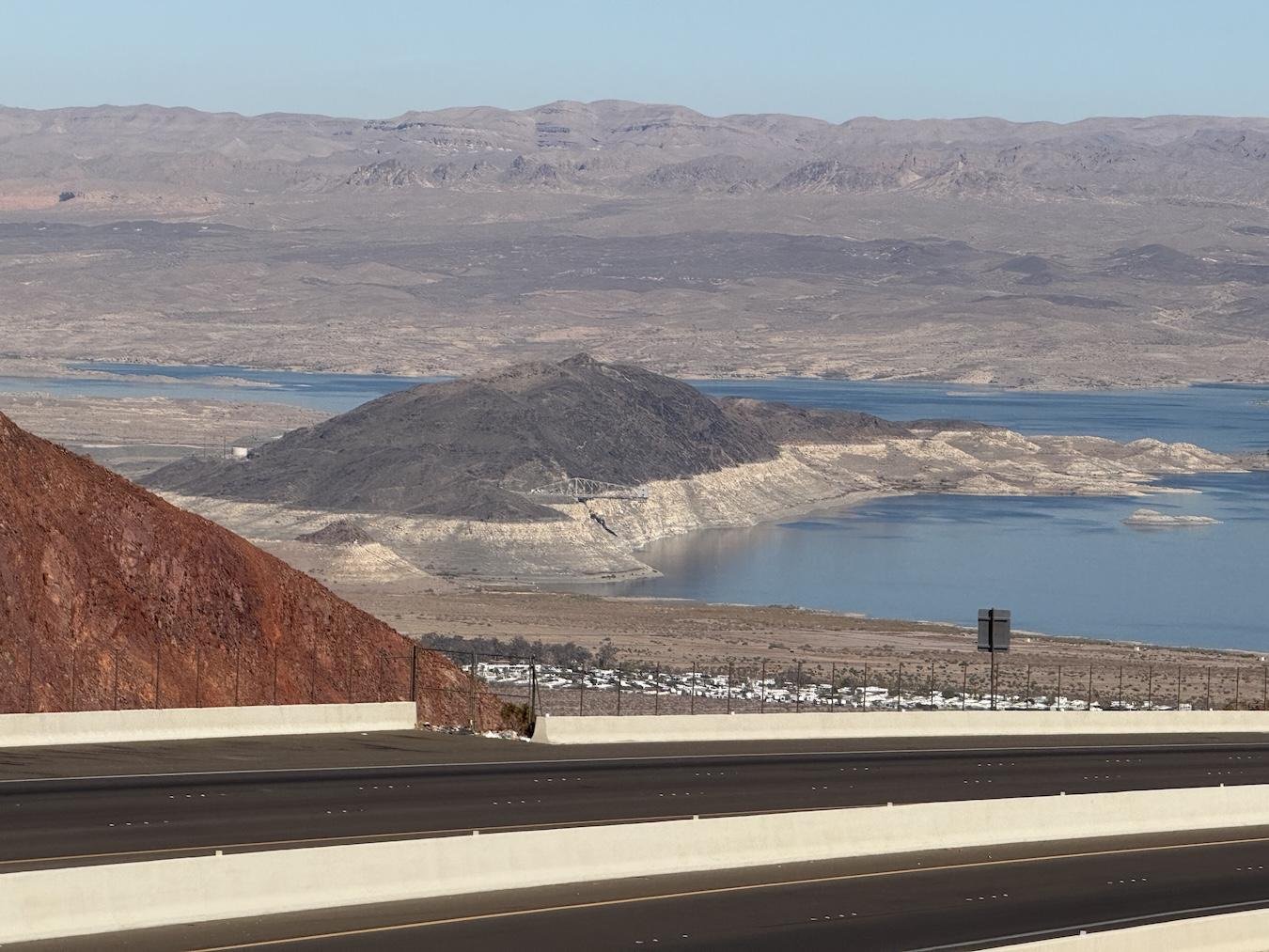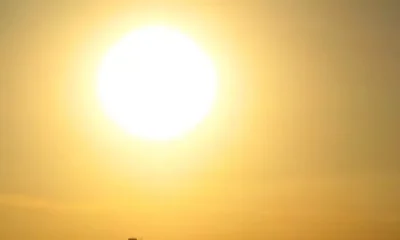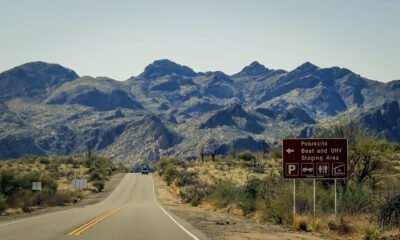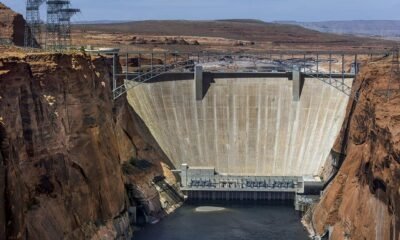Business
Colorado River Users Conclude Summit with Renewed Commitment to Mexico and Tribal Voices

The Colorado River Water Users Association wrapped up its three-day conference at the Paris Hotel in Las Vegas on Friday, focusing primarily on the urgent needs of Colorado River tribes and Mexico. With over 40 million individuals reliant on this vital water source, the conference aimed to address water conservation strategies for future generations.
David Palumbo, deputy commissioner of operations for the U.S. Bureau of Reclamation, highlighted the complexity of the situation, stating, “We face two challenges: water scarcity and getting to a consensus.” The negotiations involve 30 Native American tribes, seven states, and two countries, necessitating collaborative efforts.
The Colorado River watershed is split into two basins. The lower basin encompasses Arizona, California, and Nevada, while the upper basin includes Colorado, New Mexico, Utah, and Wyoming. Mexico also receives a share from this drought-stricken river. Tom Buschatzke, Arizona’s chief negotiator for the Colorado River, lamented, “We didn’t walk out of the room with another meeting,” emphasizing the stagnation in negotiations.
The stakes of these discussions have escalated, particularly with the involvement of the 30 Native American tribes and Mexico. Significant investment is vital, with the Biden administration allocating $65 million for rural water projects in 2024. Adriana Resendez Maldonado, Mexico’s commissioner for the International Boundary and Water Commission, stressed the importance of a cooperative approach to developing solutions to shared water issues.
As the city of Tijuana continues to grow, now home to approximately 2.3 million residents, the urgency for resource diversification escalates. Maria-Elena Giner, U.S. Commissioner for the International Boundary and Water Commission, noted that Tijuana is exploring ways to convert wastewater into potable water, which highlights the pressing need for varied water sources.
The situation is even more critical for the Native American tribes. Although the Ten Tribes hold rights to over 20% of the Colorado River’s current flow, many other tribes face severe water access issues. Insufficient supplies, exacerbated by continuous dry spells, compound these challenges. According to Karletta Chief, director of the Indigenous Resilience Center at the University of Arizona, 12% of tribes lack running water, underlining the dire need for conservation efforts.
Buschatzke expressed concern about the impacts of climate variability, stating, “The scary issue we face is getting good precipitation.” As lower-priority water users relinquish their access to support tribes, the conference underscored the necessity for significant policy changes. Camille Calimlim Touton, commissioner of the Bureau of Reclamation, emphasized, “The Colorado River is our lifeline; it demands nothing less than the best of us.”
While the conference concluded with a commitment to conservation, the path ahead remains fraught with difficult decisions. Buschatzke encapsulated the sentiment of many attendees, stating, “Politicians must make these tough decisions.” The ongoing struggle for sustainable water management in Arizona and beyond continues.


















